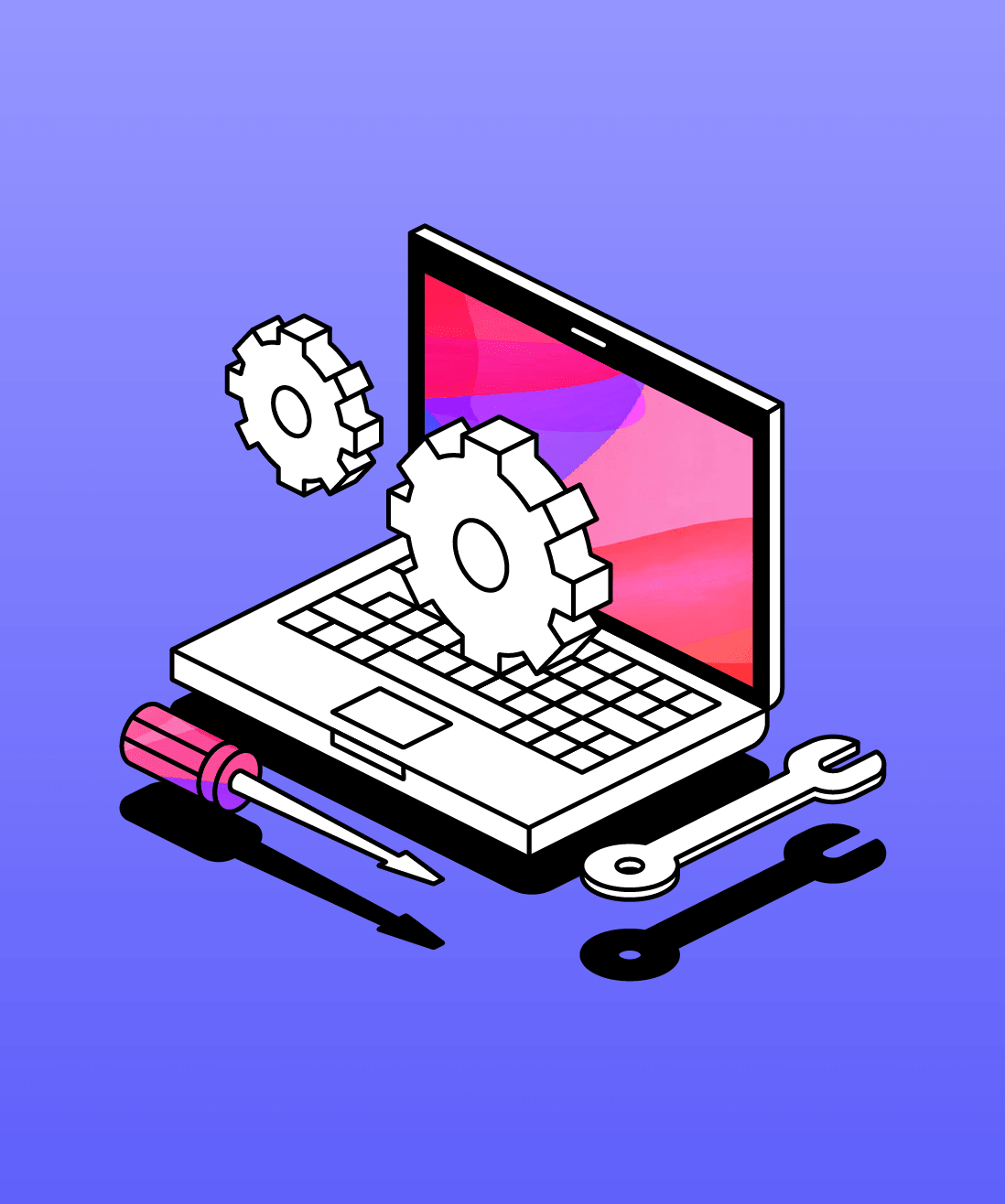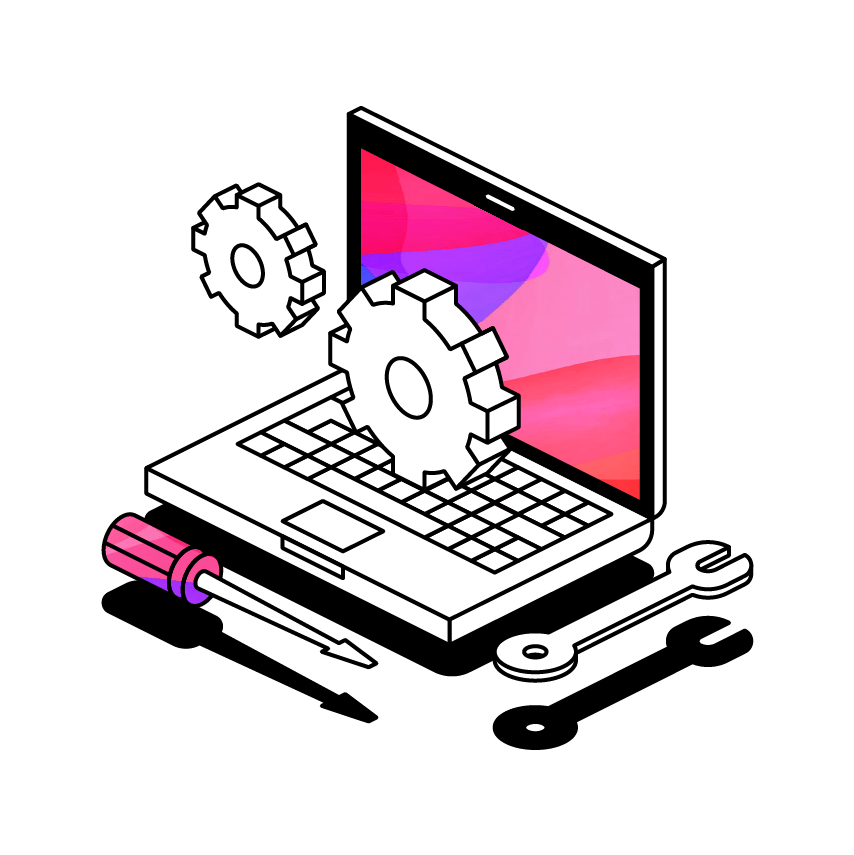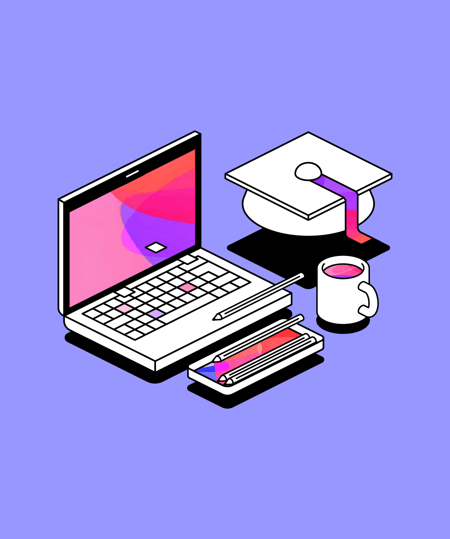How we develop Assistive Technology for students with cognitive impairments
Common mental illnesses have more than just an emotional impact. Visit here to learn how to select the best piece of assistive technology for your students.
 4 min read
4 min read
 Published: 1 May 2019
Published: 1 May 2019
 Luke Garbutt
Luke Garbutt


With the help of cognitive psychologist Dr. Sue Wilkinson, we’ve explored the effects mental ill health can have on cognition and learning. As she highlights, common mental illnesses have more than just an emotional impact — they fundamentally alter how the brain communicates with itself.
So we want to turn our attention to assistive technology for students with cognitive impairments to help you select the right tool for your students.
But as AT specialists, we also want to give you insight into how cognitive impairment figures into our process of creating tools.
To begin with, we believe it helps to understand as much as possible how cognitive impairment affects the day-to-day experience of students in the classroom. So that’s what we want to show you. From this point, it’s much easier to see how AT can be designed to address these problems, and we’ll explain how we developed Audio Notetaker as a case in point.
Empathizing with Students
We’d like to introduce you to a couple of resources we love. The first is called empathy prompts. We think it’s a great way to begin imagining the constraints certain students might be under.
As its name suggests, the site gives you a series of prompts to, in a small but meaningful way, replicate the experience of people with different types of disabilities. Among them are a number of cognitive conditions. By following these prompts, we can begin to see how the experience of a lecture, for example, might be impacted in a practical way by cognitive impairment.
The second resource we’d like to show you is webaim.org’s cognitive disability simulator. Like empathy prompts, this site aims for a greater understanding of how navigating a website might be impacted by a cognitive impairment. It does this through a creative (and fiendishly difficult) simulator game. It brings into stark relief the pressure that students feel every day in going about their learning, and the real value that effective accommodations could provide.
Cognition and AT
It’s through imagining as closely as possible the lived experience of intended users (as well as consulting with them directly) that assistive technology development begins. In our case, the software we make has been guided from day one by the experiential problems we seek to solve.
So how does this work with the cognitive problems Dr. Wilkinson describes?
We’ve grouped these into 3 main categories, and will go through how each informs our thinking when we’re developing tools.
-
Attention & Concentration
-
Memory & Recall
-
Organization
1. Attention & Concentration
In addressing problems with attention and concentration, taking the onus away from the user is ideal. Our focus is note-taking, so to help with cognitive impairment we wanted to reduce the attentive burden of taking notes while maintaining engagement at a level that will help the user retain the information.
2. Memory & Recall
Relieving the user of the need to store information within themselves, something that’s difficult for students with working memory issues, was how we aimed to deal with memory and recall problems.
But in designing this software, we also wanted to make it as intuitive as possible so that the steps needed to operate it were minimal.
3. Organization
Keeping track of notes and course work is tough for students with cognitive impairments. So in building a tool with them in mind, we were conscious of the fact that we needed to make this easier within the software.
How we’ve approached it:
Reimagining Note-taking
Glean puts a particular emphasis on audio in helping students make the most of what’s happening around them in class.
The taking of traditional notes requires a simultaneous use of cognitive processes to be effective, something that will be out of reach for many students.
Recognizing this, we’ve developed software that allows users to scaffold the processes of note taking, reducing cognitive burden.
What emerges is a new resource for the user – Audio Notes.
Audio Notes don’t require the level of attention and concentration that written notes do to create.
But equally, the software doesn’t learn for you, it doesn’t make your classroom experience any easier than others’; it simply levels the playing field, offsetting obstacles cognitive impairment might present. This is what we mean when we talk about the importance of maintaining student independence with AT.
Accessible Design
Over the years, we’ve developed a few clear aims in designing how the software looks, feels and functions. We boiled these down into 4 key principles, which we’ve listed below:
#1. Be familiar: Utilise familiar design patterns, introduce complex concepts with caution, minimise ambiguity
#2 Get out of the way: Demand smallest possible amount of attention, allow users to defer decision making, minimise interactions
#3 Make users badass: timely & flexible onboarding, provide examples of what good looks like, provide a fast path to becoming expert
#4 Delight our users: emotionally appealing and charming, unexpected ‘wow’ moments
What does this mean for cognition?
We believed that, in order to make this really work for students with cognitive impairment, it should be easy to use. With minimal instruction, students should be proficient with the software, which itself requires as few steps as possible to operate.
We’ve kept the look of the software simple, with the most frequently used functions front-and-center. This helps guide users through the process of using it.
But what we’re particularly proud of is the fact that, in addressing cognitive impairment through the development of the software, we’ve been able to tailor a new form of note-taking altogether – one that helps hurdle cognitive obstacles and transform classroom experiences.
Access your free cognition checklist
As we continue to design and create new software and tools, cognition will remain a huge focus for us. And we want to make it easier for you to address it at your institution.
That’s why we’ve created a free, handy checklist to help you evaluate AT tools with cognition in mind.
You can access it by clicking the link below.
Written by Luke Garbutt

More from Supporting Students
View All
 3 min read
3 min read
Understanding and supporting time poor students in higher education
Here, we take a deeper dive into who the time poor learners are, and their unique challenges. Explore strategies to support students juggling multiple roles and responsibilities, to create a more inclusive and flexible learning environment.

 3 min read
3 min read
Navigating the AI landscape in education: Helping or hindering student success
AI has transformed what it means to teach and to learn. It is crucial now for higher education leaders to determine how they deploy AI to help, rather than hinder, student success.

 2 min read
2 min read
Practical strategies to support neurodivergent students
Ellie, a late diagnosis neurodivergent student, draws from her personal experiences to offer guidance and practical strategies for disability professionals, to help create a more inclusive campus and classroom.





